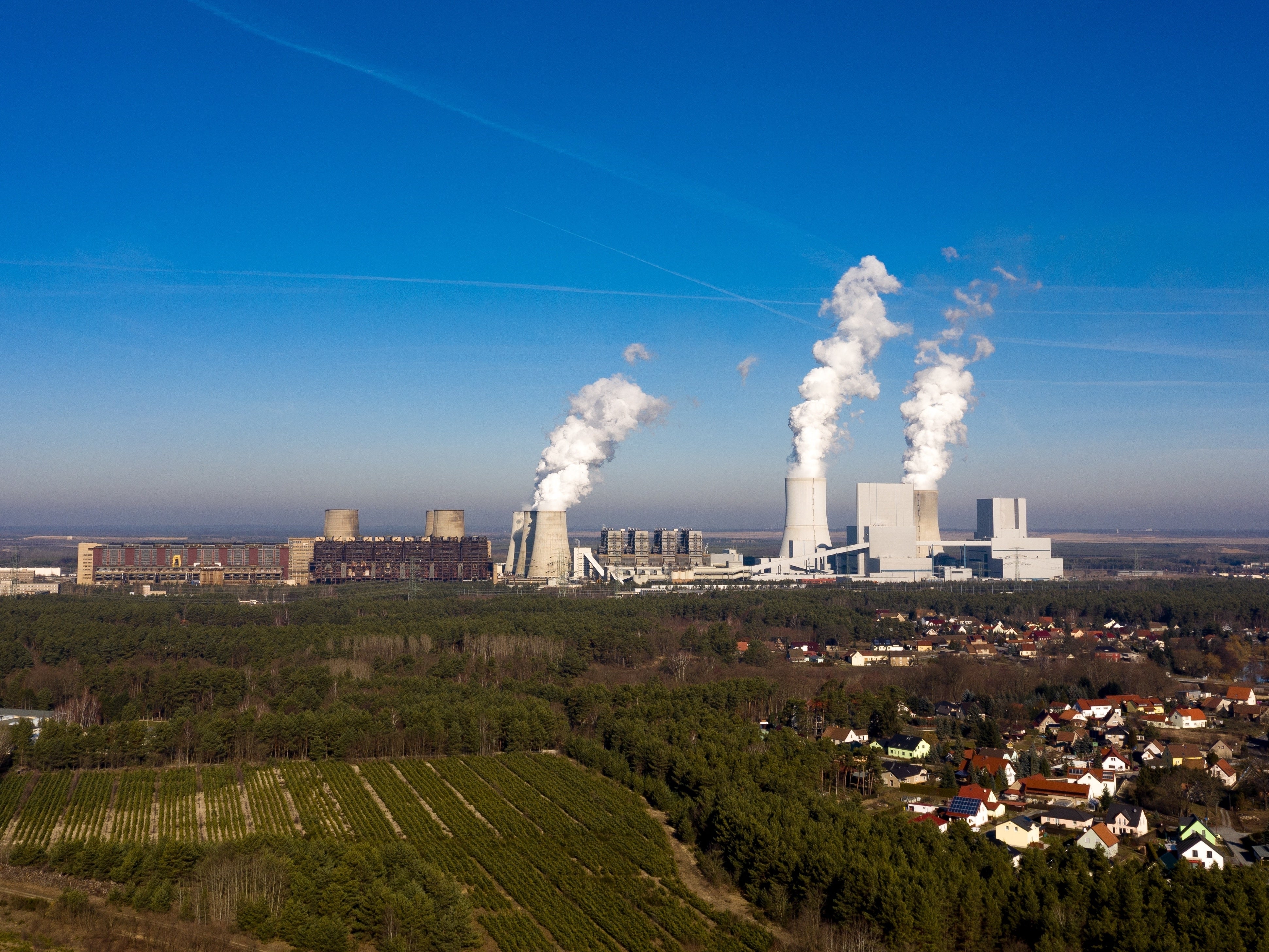Australians will head to the polls on 18 May 2019 for the Federal election. It is fair to say that emission and renewable energy targets, as part of the broader climate change debate, are on the policy frontline of each major party. You will find below a summary of each major party's platform as well as our list of topics to watch over the next few weeks.
Key policy summary
The Coalition, ALP and Greens have distinct renewable and emissions policies. An overview of the key recent policy announcements is outlined below:
| Coalition |
ALP |
Greens |
| Renewable energy |
|
|
Funding several billion dollars for Snowy Hydro 2.0
Maintaining the Clean Energy Finance Corporation
$56 million to aid development of the Marinus Link (Tasmanian interconnector) |
Doubling the original investment for the Clean Energy Finance Corporation
Development of the National Electricity Guarantee
50% Renewable Energy Target (RET) by 2030
Creation of a $5 billion Energy Security and Modernisation Fund
Target of 1 million household battery systems and a household solar rebate scheme
$1 billion for a ‘hydrogen economy’ |
Increase the 2030 renewable target to 100%
Create Power Australia, a not-for-profit energy renewable energy retailer
No new coal fired power stations |
| Emissions |
|
|
Reduce carbon emission by 26-28% based on 2005 levels
$2 billion into a Climate Solutions Fund over the next 10 years
Using Kyoto First Commitment period credits to meet Paris Agreement obligations |
Reduce greenhouse gas emissions by at least 45% based on 2005 levels
Introduce an international carbon credits scheme for businesses in order to meet the 2030 45% reduction target
50% new electric car sales by 2030
Reintroduction of the Climate Change Ambassador and the Climate Change Authority |
Reduce greenhouse gas emissions by 63-82% based on 2005 levels
Australia to be carbon-neutral by 2040
End thermal coal exports by 2030
Close coal-fire powered stations by 2030
Removal of new hydro and electricity from burning native forest in calculating the Renewable Energy Target |
To read what we have previously written on the National Electricity Guarantee (NEG), please click here.
Issues to watch
Look out for developments by the parties on the following issues over the next few weeks:
- Cost - There is a ‘battle of the experts’ being waged at the moment in relation to the cost of the ALP’s energy policy. Former federal government economist Brian Fisher has reported that the ALP policy will cost the economy $542 billion and shrink growth by 0.8%, a claim levelled by the ALP as ‘propaganda’ and by the Coalition as a sign of the ALP’s ‘recklessness’. Job creation arising out of the transition to a ‘green economy’ appears to be another vexed issue
- Retail pricing - While the ALP is focussing its energy debate on targets for renewables and emissions, the Coalition continues to focus the debate on the cost of energy to consumers (especially with default pricing regulations). Voters are being asked to vote with their ‘heads’, ‘hearts’, ‘hip pockets’ and doubtless other clichés commencing with ‘h’
- Replacing the RET - With recent wind and solar generators taking on merchant risk in developing their projects, many question why a complex, indirect subsidy scheme (such as the RET or NEG) is required at all. It is fair to say that the market continues to allocate technology, competitive and merchant risk further towards developers over time, with the only role for subsidy schemes being to accelerate a shift from fossil to renewable energy sources
- Emissions target - While reducing emissions is universally agreed, the rate is not. The range of reduction by 2030 ranges from 26% to 82% based on 2030 levels. Further, debate will continue about what is included (i.e. carryover credits from the Kyoto protocol period) and excluded
- Climate change - Messaging from the parties on the existence and effects of climate change appears to differ seat by seat and state by state, with noted climate change sceptics and advocates vying for swinging margins. Climate change, as a broad topic, was a key element in the recent Victorian state election and Wentworth by-election and is expected to decide at least some seats. This is further complicated by the Federal government’s recent decision on Adani and the question about how the ALP balances its various voter’s interests
- Nuclear autumn - Coinciding with the recent announcement of a preference deal between the United Australia Party and the Coalition, several comments have been made by the Prime Minister about the construction of nuclear power in South Australia on Tasmanian radio (qualified by stating he was reluctant to subsidise the nuclear industry in the process.) While none of the major parties have an overtly pro-nuclear policy platform, voters should expect this debate to continue if the United Australia Party ends up controlling the balance of power.
For further information on the renewable energy policies for each party, please visit their respective party websites. For further information on the legalities surrounding renewable energy, please contact author Scott Schlink.
Author: Scott Schlin
Contacts
Melbourne
Stephen Natoli, Partner
T: +61 3 9321 9796
E: stephen.natoli@holdingredlich.com
Scott Schlink, Senior Associate
T: +61 3 9321 9939
E: scott.schlink@holdingredlich.com
Disclaimer
The information in this publication is of a general nature and is not intended to address the circumstances of any particular individual or entity. Although we endeavour to provide accurate and timely information, we do not guarantee that the information in this publication is accurate at the date it is received or that it will continue to be accurate in the future. We are not responsible for the information of any source to which a link is provided or reference is made and exclude all liability in connection with use of these sources.
Share this
